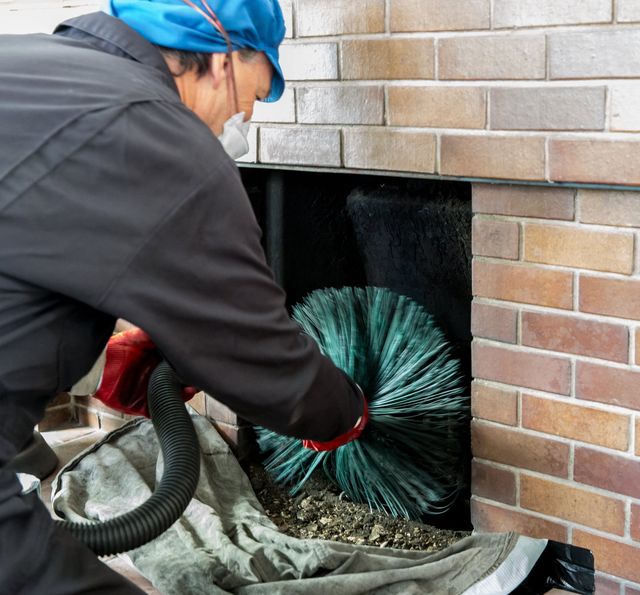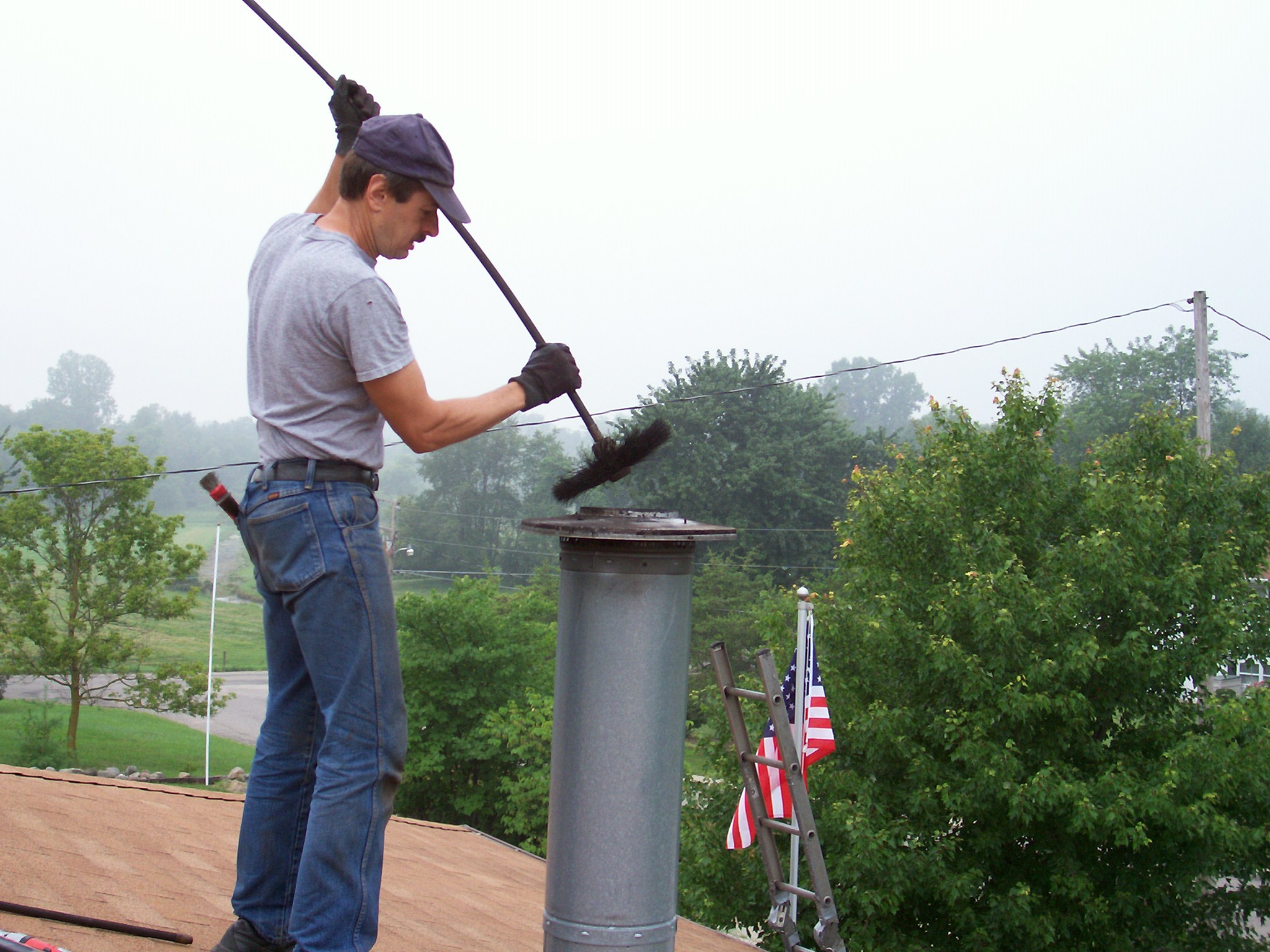Unlock the Tricks of Effective Chimney Maintenance San Jose for a Healthy Home
Unlock the Tricks of Effective Chimney Maintenance San Jose for a Healthy Home
Blog Article
Professional Tips for Effective Chimney Upkeep You Required to Know
Smokeshafts serve as crucial components in numerous homes, providing heat and convenience. From the significance of routine evaluations to safe functional methods, a thorough strategy to chimney maintenance is crucial.
Relevance of Regular Assessments
Regular examinations of smokeshafts are crucial for ensuring their safety and performance. Chimneys play a crucial duty in venting out harmful gases and preserving proper airflow in a home. With time, creosote buildup, particles, and structural damages can happen within the smokeshaft, presenting serious dangers such as chimney fires or carbon monoxide gas leakages.
Throughout a smokeshaft examination, trained experts assess the condition of the chimney, seeking any indications of damages, clogs, or wear and tear. They also check the honesty of the flue, smokeshaft lining, and smokeshaft cap to guarantee everything is in proper functioning order. By identifying and attending to issues at an early stage, potential risks or expensive fixings can be avoided.
Regular assessments not just aid in keeping the safety of the chimney but likewise add to its general performance. A well-maintained and clean chimney operates more efficiently, guaranteeing appropriate ventilation and minimizing the danger of interior air pollution. As a result, scheduling annual chimney evaluations is a proactive measure that property owners can take to protect their residential property and liked ones.
Cleaning Strategies and Regularity
Preserving the safety and performance of a smokeshaft includes not only normal assessments but additionally applying proper cleaning strategies and figuring out the optimal regularity for cleaning. Smokeshafts must be cleaned by a professional chimney sweeper a minimum of annually, even if they are not frequently made use of. Nevertheless, if the chimney is made use of consistently, particularly with wood-burning stoves or fire places, it may need more constant cleanings to stop the buildup of creosote, a very flammable material that can result in smokeshaft fires.
House owners need to never neglect chimney cleaning, as it is important for preserving a functional and safe chimney system. Regular cleansings not just minimize the danger of chimney fires but also improve the smokeshaft's total efficiency and durability.
Dealing With Chimney Leaks

When dealing with smokeshaft leakages, comprehensive examination and prompt repairs are critical to protect against water damages and keep the architectural honesty of the smokeshaft. Leakages in a chimney can lead to major issues such as mold growth, damage of the smokeshaft framework, and also possible fire risks. To efficiently attend to smokeshaft leaks, beginning by checking the smokeshaft cap, crown, blinking, and stonework for any indicators of damage or wear.
Understanding Creosote Build-Up
To comprehend the prospective dangers of creosote accumulation in chimneys, it is vital to identify its development process and influence on smokeshaft performance. Creosote is a black or brownish tar-like substance that builds up inside chimney systems when wood or fossil fuels are burned. As smoke increases through the chimney, it cools down and condenses, causing the formation of creosote, which abides by the chimney walls.

Regular chimney inspections and cleanings by a professional chimney move are crucial in preventing creosote accumulation and making certain the secure procedure of moved here your chimney system.
Safe Operation Practices
Carrying out proper security methods is important for the reliable and secure operation of chimney systems. Constantly make certain that the chimney is skillfully evaluated and cleaned on a regular basis to get rid of any creosote build-up, which can lead to chimney fires.
Moreover, ensure to just burn seasoned wood in your fireplace, as environment-friendly or damp wood can produce more creosote and trigger hazardous smokeshaft clogs. Never leave a fire unattended and always make sure the fire is totally extinguished before going to bed or leaving the home. By complying with these risk-free operation methods, you can delight in a relaxing and warm fire while making sure the security of your home and liked ones.
Conclusion
In conclusion, keeping your chimney is crucial for ensuring its safety and effectiveness. Regular assessments, proper cleansing strategies, attending to leakages, managing creosote accumulation, and following secure operation methods are vital elements of smokeshaft upkeep.
Over time, creosote accumulation, particles, and structural damage can take place within the chimney, presenting serious dangers such as smokeshaft fires or carbon monoxide leaks.
If the chimney is made use of frequently, specifically with wood-burning stoves or fireplaces, it might call see this site for more regular cleansings to protect against the buildup of creosote, an extremely combustible material that can lead to chimney fires. (Chimney Maintenance San Jose)
To understand the prospective threats of creosote accumulation in chimneys, it is vital to identify its formation process and effect on smokeshaft performance. As smoke rises with the smokeshaft, it condenses and cools, leading to the formation of creosote, which Going Here sticks to the chimney walls.
Constantly guarantee that the smokeshaft is professionally examined and cleansed routinely to get rid of any creosote build-up, which can lead to smokeshaft fires.
Report this page